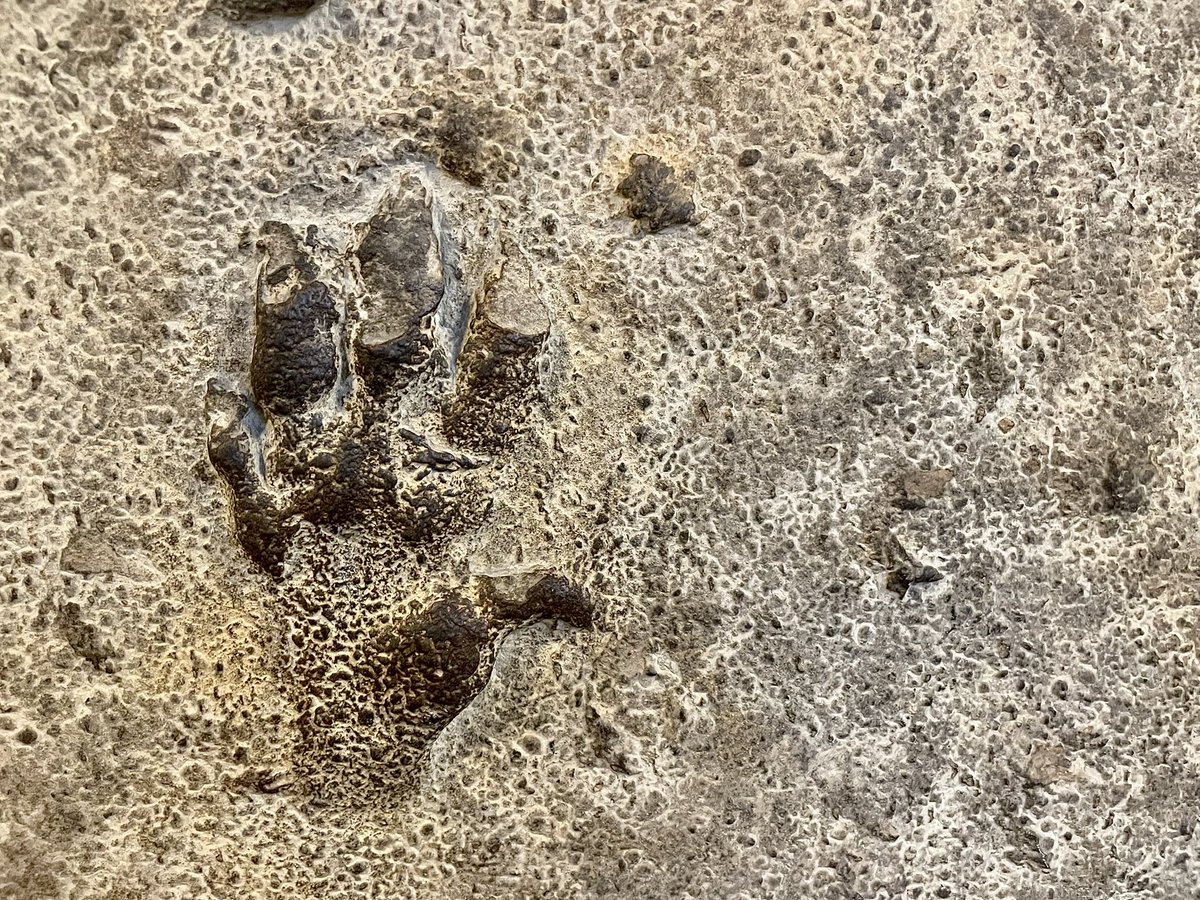
About 201 million years ago the Triassic-Jurrasic extinction event (also called the end-Triassic) took place and some 76% of all species (marine and terrestrial) went extinct and about 20% of all existing taxonomic families were lost. 

The extinctions that took place during this period really paved the way for the rise of the dinosaurs. It is hypothesized that climate change and rising sea levels are largely to blame for this mass extinction event.
Some studies have estimated that the rifting (coming apart) of the supercontinent Pangea may have released up to 100,000 gigatons of CO2 which could have raised the average air temperature by 10-15 ºC and acidified the world’s oceans.
Other studies have said that the methane trapped in permafrost was released as the ice melted which caused the earth’s atmosphere to warm, similarly to what is happening in modern times.
Either way, many creatures could not cope with these changes. In particular, many sea-dwelling animals went extinct during this period as they were unable to continue building their shells in the acidified oceans.
This is an image of Ceratities, which belonged to the order Ceratitida which went extinct at the end of the Triassic. A ceratite is an ammonite-like creature with undulating suture lines on their shells 

But it was not just the shell-building sea-creatures that suffered during these climatic changes at the end of the Triassic period…
Nothosaurs are an extinct group of marine reptiles that lived in a similar way to modern seals, catching prey in the water but also able to come onto the shore. Known only from the Triassic, they were overtaken in the Jurassic by their fully ocean-going relatives the plesiosaurs 

Today, we also have to contend with melting permafrost releasing methane into our atmosphere. Permafrost is land that remained frozen all year round, but with warming temperatures reaching Siberia, methane is leaking from the thawing earth
A heat wave in 2020 saw large amounts of methane being released from limestone along rock formations in the Yenisey-Khatanga Basin, several hundred miles north of the Arctic circle. Temperatures raised 6 ºC warmer than average
Currently permafrost overs 65% of Russian land, but warming of the land is now 70 years ahead of projections which could be pushing us towards and irreversible tipping point if too much methane is released
*Covers 😩
• • •
Missing some Tweet in this thread? You can try to
force a refresh














